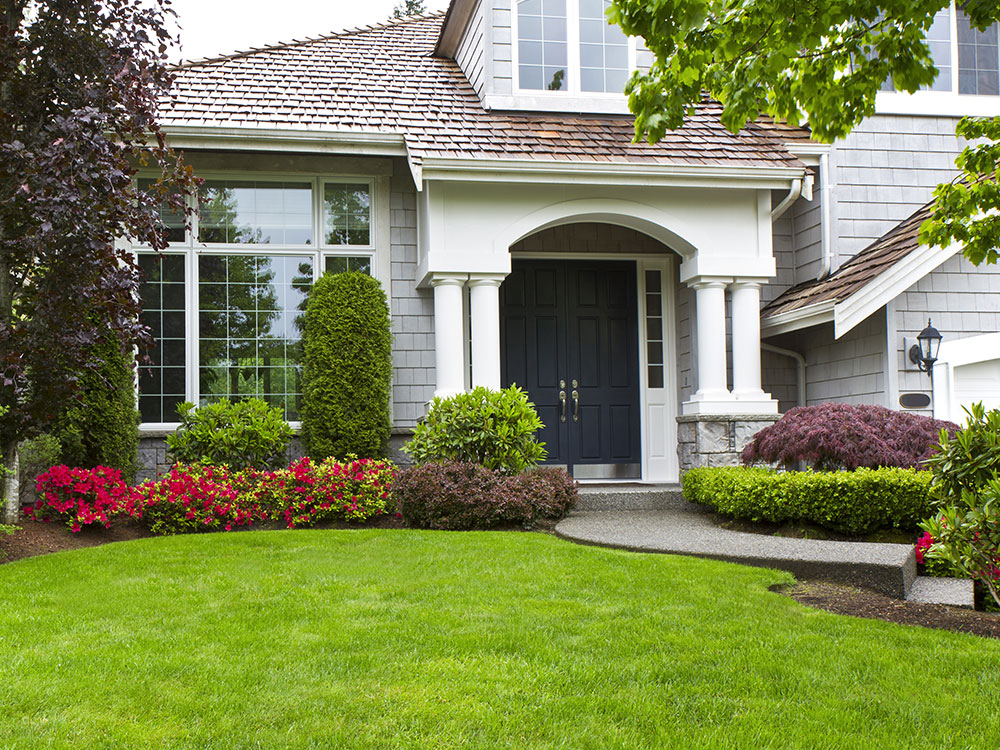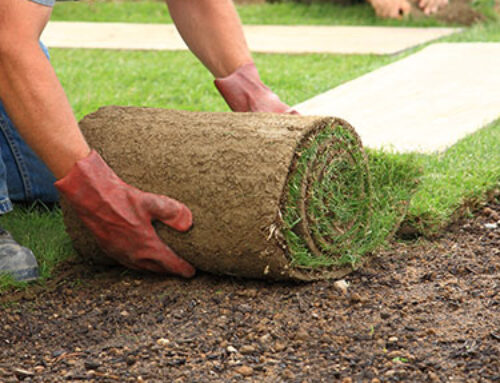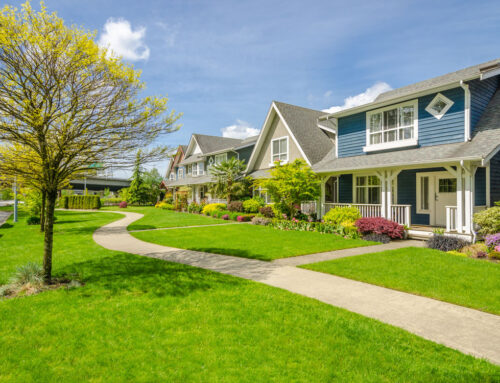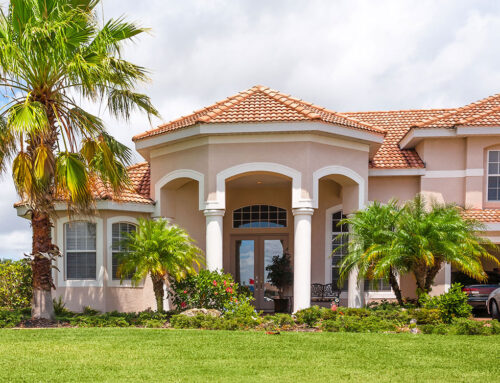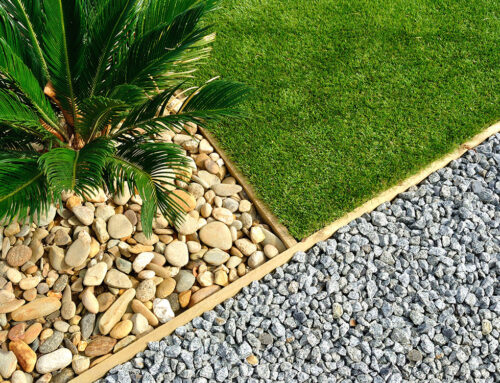Mowing is one of the most important aspects of maintaining a good quality lawn.
Mowing increases turfgrass density, producing a tighter lawn that is resistant to weeds. Proper mowing practices, along with fertilization and irrigation, can largely determine the success or failure of a lawn.
Proper mowing practices are necessary to keep any lawn healthy and attractive. Standard St. Augustinegrass cultivars (‘BitterBlue’, ‘Classic’, ‘Floratam’, etc.) should be maintained at a height of 3.5–4 inches. Repeatedly mowing at lower heights increases the stress on the lawn, discourages deep rooting, increases the chance for scalping if a mowing event is missed or postponed due to weather, and may increase susceptibility to pest problems
Maintaining the right height helps the grass develop a deep root system and gives a better appearance to the turf. No more than 1/3 of the leaf blades should be removed with any mowing. If possible, mowing height should be increased during periods of moisture stress or if the grass is growing in shade. Dwarf varieties have a lower growth habit and should be mowed at 2–2.5 inches for optimum health. Mowing too infrequently and watering improperly can cause a thatch buildup.
The growth rate of the lawn determines how frequently it needs to be mowed. The growth rate is influenced by grass species, weather conditions, time of year, and level of management. Slowest growth rates occur in the winter or under low fertility and irrigation, while fastest growth rates occur in the summer or under high fertility and watering practices. Bermudagrass is a rapidly growing grass compared to zoysiagrass. Low-maintenance grasses like bahiagrass and centipedegrass are frequently mowed just to remove seedheads, rather than to cut leaf blades. Mow often enough so that no more than 1/3 of the blade height is removed per mowing. For example, if your St. Augustinegrass lawn is mowed at a height of 4 inches, it should be mowed when it grows to a height of 6 inches. Stress to the grass caused by mowing can be minimized by removing only 1/3 of the leaf blade at each mowing. It is important to always leave as much leaf surface as possible so that photosynthesis can occur.
St. Augustinegrass requires weekly mowing during the growing season and less frequent mowing during the cooler months of the year. In North Florida, mowing may not be required during winter months.
Get professional residential and commercial lawn mowing service maintenance in St Johns County, Julington Creek Plantation, Durbin Creek, Nocatee. and surrounding communities. Call or contact us today.
The preceding information provided for informational purposes. Experts courtesy of: UF/IFAS. “Florida Lawn Handbook: Best Management Practices for Your Home Lawn in Florida, 3rd ed (2005)” ; “Mowing Your Florida Lawn”
